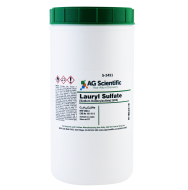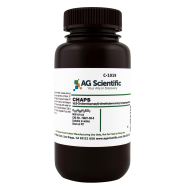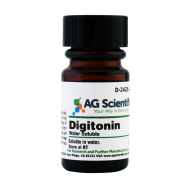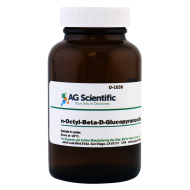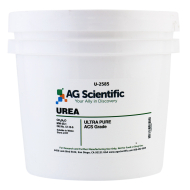Proteins control almost all functions of a cell. Any mutation in protein structure or any issue hampering protein functionality can lead to abnormal cell processes, which can in turn result in disease. Therefore it is very important to meticulously learn and get a better understanding of proteins in order to find therapies for diseases plaguing humanity.
Membrane Proteins
Integral membrane proteins are the gateway to the cells. All cells and organelles are encased in an impermeable lipid bilayer and the integral membrane proteins are embedded within the lipid bilayer. Integral membrane proteins are held in the membrane by hydrophobic interactions between the hydrocarbon chains of the lipids and the hydrophobic domains of the proteins. These proteins are the gateways for the entry and exit of many ions, nutrients, waste products, hormones, drugs and large molecules such as proteins and DNA.In humans ~30% of genes code for integral membrane proteins. They have enormous medical importance. Mutations in membrane proteins are involved in heart diseases, cancers, neurological disorders and cystic fibrosis just to name a few. Unfortunately, integral membrane proteins are difficult to handle and study because they are embedded in the lipid bilayer. Detergents can be used to aid in the careful removal of such membrane proteins.
What are Detergents?
Detergents are critical tools for the study of membrane proteins. They are vital for the isolation and purification of the proteins and are used in the primary solubilization step of reconstitution. They are invaluable in membrane protein recrystallization.Detergents are soluble amphiphilic molecules consisting of a polar head group and hydrophobic chain (or tail) and exhibit unique properties in aqueous solutions in which they spontaneously form spherical micellar structures. Membrane proteins are frequently soluble in micelles formed by amphiphilic detergents. Detergents solubilize membrane proteins by creating a mock lipid bilayer environment normally inhabited by the protein.
3 Major Detergent Classifications
Ionic detergents have a polar head that can be either anionic or cationic and a hydrophobic chain or tail with a steroidal backbone. They are very efficient at solubilizing proteins, but almost always cause denaturation of the protein to some extent. An example of an ionic detergent is Sodium Dodecyl Sulfate (SDS).
Non-Ionic Detergents
Non-ionic detergents have an uncharged hydrophilic head of either Polyoxyethylene or glycosidic group. It is a relatively mild detergent that solubilizes proteins by breaking the lipid-lipid interactions or lipid-protein interactions. Ionic detergents do not break the protein-protein interactions thereby, the solubilized protein is structurally intact in its biological form. Ionic detergents are effective in isolating active membrane proteins. Examples of Non-Ionic detergents are Digitonin and OG.Zwitterionic Detergents
The polar head groups of zwitterionic detergents have a neutral charge. They have both ionic and non-ionic properties. The strength of action of zwitterionic detergents is intermediate between both ionic and non-ionic detergents.Zwitterionic Detergents for Membrane Proteins
Zwitterionic detergents are efficient at breaking protein-protein interactions and are less harsh than ionic detergents. While zwitterionic detergents break the protein bonds, they are still successful at maintaining the native state and charge of individual proteins.
Due to their versatility, zwitterionic detergents are useful in a variety of applications such as:
- Chromatography
- Different types of electrophoresis, including 2D gel electrophoresis
- Mass spectrometry
- Solubilization of organelles and inclusion bodies.
Examples of zwitterionic detergents include CHAPS and CHAPSO. Synthetic zwitterionic detergents are known as sulfobetaines. This group of substances retain their zwitterionic characteristics over a wide pH range.
